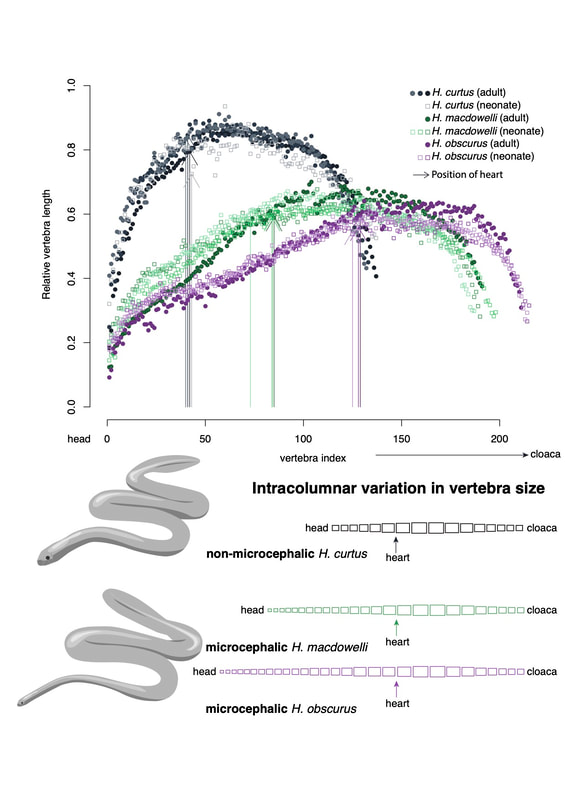Selection of Publications
Macroevolutionary Inferences
RabbitsCranial shape variation in domestication: a pilot study on the case of rabbits.
Geiger, M., Sanchez, M., Sherratt, E. (2022) Journal of Experimental Zoology Part B: Molecular and Developmental Evolution, 338:532-541 here 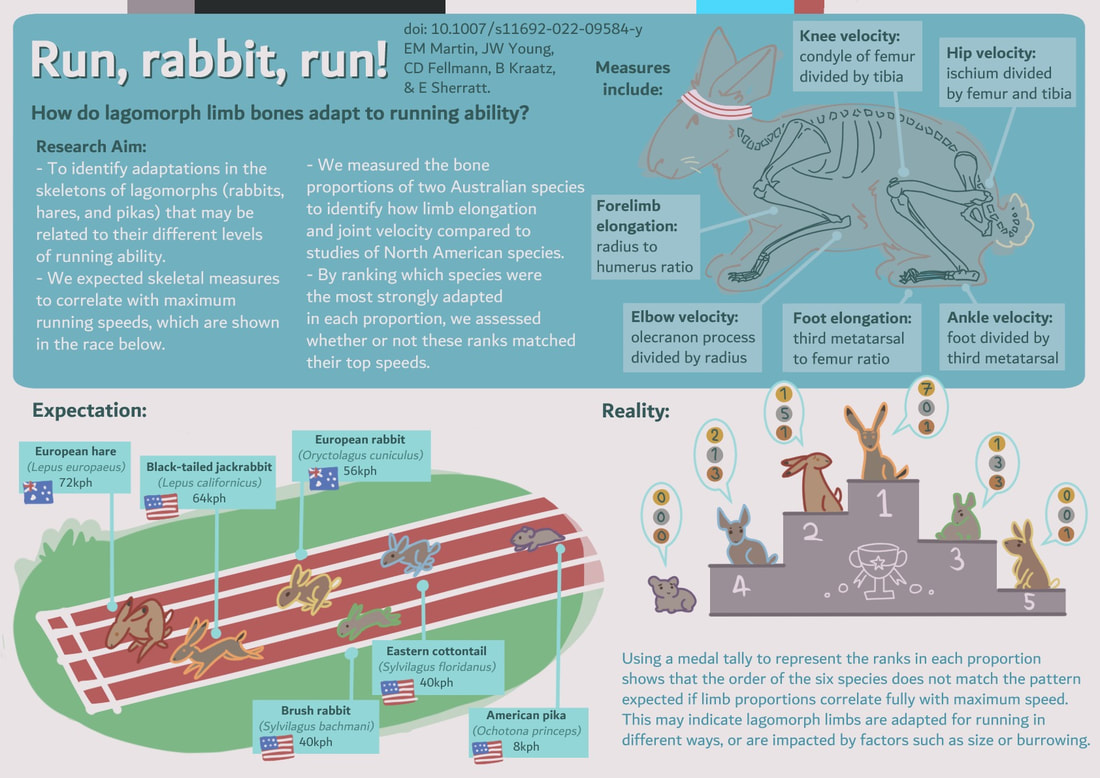
Anatomical correlates of cursoriality are compromised by burrowing behaviour and body size in a group of small mammals (Lagomorpha).
Martin, E.E., Young, J.W., Fellman, C.D., Kraatz, B., Sherratt, E. (2022) Evolutionary Biology, 49:464-481 here Down a Rabbit Hole: Burrowing behaviour and larger home ranges are related to larger brains in leporids.
Todorov, O.S., Hird, C., Kraatz, B., Sherratt, E., Hill, N., de Sousa, A.A., Blomberg, S., Weisbecker, V. (2022) Journal of Mammalian Evolution, 29:957-967 here 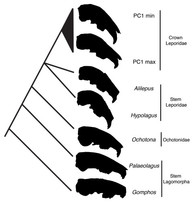
Evolutionary morphology of the rabbit skull. Kraatz, B. & Sherratt, E. (2016) PeerJ, 4:e2453. here
Blog post summary by Matt Wedel. 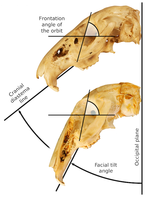
Ecological correlates to cranial morphology in Leporids (Mammalia, Lagomorpha).
Kraatz, B.P., Sherratt, E., Bumacod, N., Wedel, M.J. (2015) PeerJ 3 :e844. here Blog post summary by Matt Wedel. Original submission preprint Frogs
Adult frogs and tadpoles have different macroevolutionary patterns across the Australian continent.
Sherratt, E., M. Vidal-García, M. Anstis, and J. S. Keogh. (2017) Nature Ecology & Evolution, 1: 1385–1391. here Data available here Ecomorphological diversity of Australian tadpoles.
Sherratt, E., Anstis, M., Keogh, J.S. (2018) Ecology & Evolution, 8(24): 12929–12939. here Data available here Scallops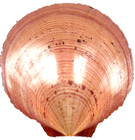
Phylogenetic convergence and multiple shell shape optima for gliding scallops (Bivalvia: Pectinidae).
Serb, J.M., Sherratt, E., Alejandrino, A., Adams, D.C. (2017) Journal of Evolutionary Biology, 30(9): 1736–1747. here 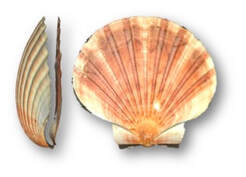
Rates of morphological evolution, asymmetry and morphological integration of shell shape in scallops.
Sherratt, E., Serb, J.M., Adams, D.C. (2017) BMC Evolutionary Biology, 17: 248. here 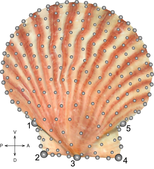
Trends in the sand: directional evolution in the shell shape of recessing scallops (Bivalvia: Pectinidae). Sherratt, E., Alejandrino, A., Kraemer, A.C., Serb, J.M., Adams, D.C., (2016) Evolution, 70(9): 2061–2073 here
Data available here LizardsSemicircular canal shape diversity among modern lepidosaurs: life habit, size, allometry.
Latimer, A.E., Sherratt, E., Bonnet, T., Scheyer, T.M. (2023) BMC Ecology and Evolution, 23(10):1-12. here 
Amber fossils demonstrate deep-time stability of Caribbean lizard communities.
Sherratt, E., Castañeda, M.d.R, Garwood, R.J., Mahler, D.L., Sanger, T.J., Herrel, A., de Queiroz, K., Losos, J.B. (2015) Proceedings of the National Academy of Sciences (PNAS), 112(32): 9961–9966. here - read about it on New York Times Online, Smithsonian Science News, ABC Science Online, Harvard Gazette, CBC News. Data available: amber fossils here, modern specimens here (Project ID P459) Semicircular canals in Anolis lizards: ecomorphological convergence and ecomorph affinities of fossil species.
Dickson, B.V., Sherratt, E., Losos, J.B., Pierce, S.E. (2017) Royal Society Open Science, 4: 170058. here Data available here 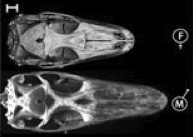
Convergent evolution of sexual dimorphism in skull shape using distinct developmental strategies.
Sanger, T.J, Sherratt, E., McGlothlin, J.W., Brodie III, E.D., Losos, J.B., Abzhanov, A. (2013) Evolution 67: 2180–2193 here Evolution of cranial shape in a continental-scale evolutionary radiation of Australian lizards.
Gray, J.A., Sherratt, E., Hutchinson, M.N., Jones, M.E.H. (2019) Evolution, https://doi.org/10.1111/evo.13851 here 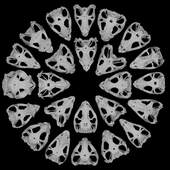
Changes in ontogenetic patterns facilitate diversification in skull shape of Australian agamid lizards.
Gray, J.A., Sherratt, E., Hutchinson, M.N., Jones, M.E.H. (2019) BMC Evolutionary Biology, 19:7. here Data available here MarsupialsIndividual variation of the masticatory system dominates 3D skull shape in the herbivory-adapted marsupial wombats.
Weisbecker, V., Guillerme, T., Speck, C., Sherratt, E., Mehari Abraha, H., Sharp, A.C., Terhune, C.E., Collins, S., Johnston, S., Panagiotopoulou, O. (2019). Frontiers in Zoology, 16(41): 1–14 here |
SnakesIsland tiger snakes (Notechis scutatus) gain a ‘head start’ in life: how both adaptation and evolution underlie skull shape differences. Ammresh, Sherratt, E., Thomson, V.A, Lee, M.S.Y., Dunstan, N., Allen, L., Abraham, J., Palci, A. (2023) Evolutionary Biology, here
Read The Conversation article about this paper 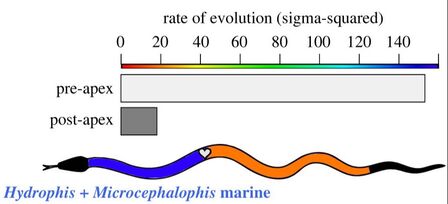
Macroevolution in axial morphospace: innovations accompanying the transition to marine environments in elapid snakes.
Sherratt, E., Nash-Hahn, T., Nankivell, J., Rasmussen, A.R., Hampton, P., Sanders, K.L. (2022) Royal Society Open Science, 9:221087 here Ontogenetic shift in diet of a large elapid snake is facilitated by allometric change in skull morphology. Patterson, M.B., Wolfe, A.K., Fleming, P.A., Bateman, P.W., Martin, M.L., Sherratt, E., Warburton, N.M. (2022) Evolutionary Ecology, 36(4):489–509 here
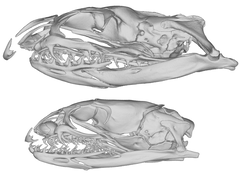
Heterochronic shifts mediate ecomorphological convergence in sea snake skull shape.
Sherratt, E., Sanders, K.L., Watson, A., Hutchinson, M.N., Lee, M.S.Y, Palci, A. (2019) Integrative and Comparative Biology, here Data available here Vertebral evolution and ontogenetic allometry: The developmental basis of extreme body shape divergence in microcephalic sea snakes.
Sherratt, E., Coutts, F.J., Rasmussen, A.R., Sanders, K.L. (2019) Evolution & Development, 21:135–144. here Data available here 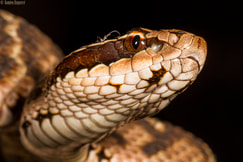
Evolution of extreme ontogenetic allometric diversity and heterochrony in pythons, a clade of giant and dwarf snakes.
Esquerré, D., Sherratt, E., Keogh, J.S. (2017) Evolution, 71(12): 2829–2844. here Data available here 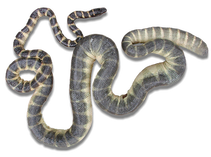
Trophic specialization drives morphological evolution in sea snakes.
Sherratt, E., Rasmussen, A.R., Sanders, K.L. (2018) Royal Society Open Science, 5: 172141. here Data available here 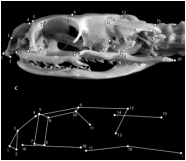
Are Diet Preferences Associated to Skulls Shape Diversification in Xenodontine Snakes?
Klaczko, J., Sherratt, E., Setz, E.Z.F. (2016) PLoS ONE, 11(2): e0148375. here Caecilians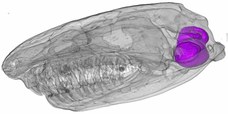
Influence of fossoriality on inner ear morphology: insights from caecilian amphibians.
Maddin, H.C. & Sherratt, E. (2014) Journal of Anatomy, 225(1): 83–93 here 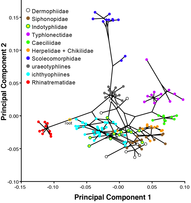
Evolution of cranial shape in caecilians (Amphibia: Gymnophiona).
Sherratt, E., Gower, D.J., Klingenberg, C.P., Wilkinson, M. (2014) Evolutionary Biology, 41(4): 528-545 here RodentsMorphological variation in skull shape and size across extinct and extant populations of the greater stick-nest rat (Leporillus conditor): implications for translocation.
Onley, I., Moseby, K., Austin, J., Sherratt, E. (2022) Australian Mammalogy, 44:352-363. here Australian Rodents Reveal Conserved Cranial Evolutionary Allometry across 10 Million Years of Murid Evolution.
Marcy, A.E., Guillerme, T., Sherratt, E., Rowe, K., Phillips, M., Weisbecker, V. (2020) American Naturalist, 196(6): 755-768. here Variation in brown rat cranial shape shows directional selection over 120 years in New York City.
Puckett, E., Sherratt, E., Combs, M., Carlen, E., Harcourt-Smith, W., Munshi-South, J. (2020) Ecology and Evolution, 10(11): 4739-4748 here 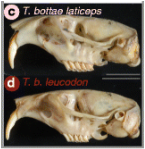
Getting a head in hard soils: Convergent skull evolution and divergent allometric patterns explain shape variation in a highly diverse genus of pocket gophers (Thomomys).
Marcy, A.E., Hadley, E.A., Sherratt, E., Garland, K., Weisbecker, V. (2016) BMC Evolutionary Biology, 16(1): 207. here TurtlesOntogenetic allometry underlies trophic diversity in sea turtles (Chelonioidea).
Chatterji, R.M., Hipsley, C.A., Sherratt, E., Hutchinson, M.N., Jones, M. (2022) Evolutionary Ecology, 36(4):511–540. here Plants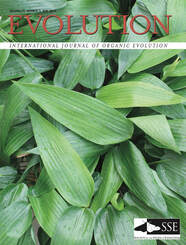
Leaf shape and size tracks habitat transitions across forest-grassland boundaries in the grass family (Poaceae).
Gallaher, T.J., Adams, D.C., Attigala, L., Burke, S.V., Craine, J.M., Duvall, M.R., Klahs, P.C., Sherratt, E., Wysocki, W.P., Clark, L.G. (2019) Evolution, 73(5): 927–946. here Data available here Insects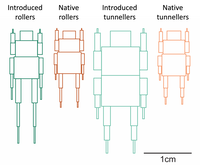
A comparison of ecomorphology between introduced and native Australian dung beetles.
Harvey, A., Sherratt, E. (2023) Australian Journal of Zoology, 70(4) 115-125 here |
Taxonomy & Biodiversity
|
Skeletal variation in extant species enables systematic identification of New Zealand’s large, subfossil diplodactylids.
Scarsbrook, L., Sherratt, E., Hitchmough, R. A., Rawlence, N. J. (2021) BMC Ecology and Evolution, 21(1): 67. here 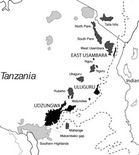
Amphibian diversity in East African biodiversity hotspots: altitudinal and latitudinal patterns. Poynton, J.C., Loader, S.P., Sherratt, E., Clarke, B.T. (2007)
Biodiversity and Conservation. 16(4): 1103-1118. here |
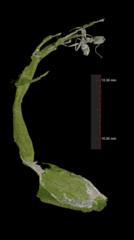
The Mexican amber anole, Anolis electrum, within a phylogenetic context: implications for the origins of Caribbean anoles.
Castañeda, M.d.R., Sherratt, E., Losos, J.B. (2014) Zoological Journal of the Linnean Society, 172(1): 133-144 . here View the Morphobank images here. |
Caecilian taxonomy
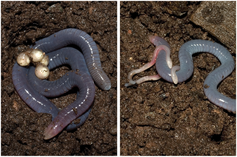
A new species of skin-feeding caecilian and the first report of reproductive mode in Microcaecilia (Amphibia: Gymnophiona: Siphonopidae).
Wilkinson, M., Sherratt, E., Starace, F., Gower, D.J. (2013) PLoS ONE 8(3): e57756. here |
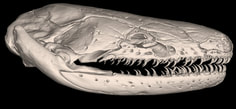
A new species of striped Ichthyophis Fitzinger, 1826 (Amphibia: Gymnophiona: Ichthyophiidae) from Myanmar.
Wilkinson, M., Presswell, B., Sherratt, E., Papadopolou, A., Gower, D.J. (2014) Zootaxa, 3785 (1): 045–058. here |
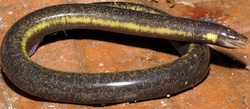
A new species of Rhinatrema Duméril & Bibron (Amphibia: Gymnophiona: Rhinatrematidae) from Guyana.
Gower, D.J., Wilkinson, M., Sherratt, E., Kok, P.J.R. (2010) Zootaxa, 2391: 47-60. here A nine-family classification of caecilians (Amphibia: Gymnophiona).
Wilkinson, M., San Mauro, D., Sherratt, E., Gower, D.J. (2011) Zootaxa 2874: 41-64. link |
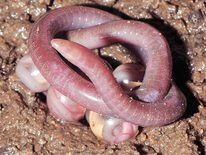
Discovery of a new family of amphibians from northeast India with ancient links to Africa.
Kamei, R.G., San Mauro, D., Gower, D.J., Van Bocxlaer, I., Sherratt, E., Thomas, A., Babu, S., Bossuyt, F., Wilkinson, M., Biju, S.D. (2012) Proceedings Royal Society B, 279(1737): 2396-2401 link - read about it on the BBC news, watch video about the discovery here. - 2012 National Geographic Top Ten Discoveries, read it here |
Biomechanics
Covariation between forelimb muscle anatomy and bone shape in an Australian scratch‐digging marsupial: Comparison of morphometric methods.
Martin, M.L., Travouillon, K.L., Sherratt, E. Fleming, P.A., Warburton, N.M. 2019. Journal of Morphology, 4(4): 393–16. here
Martin, M.L., Travouillon, K.L., Sherratt, E. Fleming, P.A., Warburton, N.M. 2019. Journal of Morphology, 4(4): 393–16. here
|
Feeding biomechanics influences craniofacial morphology at the subspecies scale among Australian pademelons (Macropodidae: Thylogale).
Mitchell, D.R., Sherratt, E., Sansalone, G., Ledogar, J., Flavel, R.J., Wroe, S. (2018) Journal of Mammalian Evolution, here. |
The biomechanics of foraging behaviours determine face length among kangaroos and their relatives.
Mitchell, D.R., Sherratt, E., Ledogar, J., Wroe, S. (2018) Proceedings of the Royal Society of London B: Biological Sciences, 285: 20180845. here |
Developmental Instability
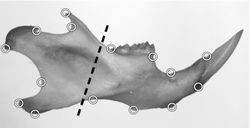
A search for quantitative trait loci exhibiting imprinting effects on mouse mandible size and shape.
Leamy, L.J., Klingenberg, C.P., Sherratt, E., Wolf, J.B. and Cheverud, J.M. (2008) Heredity, 101: 518–526. here |
The genetic architecture of fluctuating asymmetry of mandible size and shape in a population of mice: another look.
Leamy, L., Klingenberg, C.P., Sherratt, E., Wolf, J. & Cheverud, J. (2015) Symmetry, 7(1): 146-163. here |
Methods
|
Disparities in the analysis of morphological disparity.
Guillerme, T., Cooper, N., Brusatte, S.L., Davis, K.E., Jackson, A.L., Gerber, S., Goswami, A., Healy, K., Hopkins, M.J., Jones, M.E.H., Lloyd, G.T., O'Reilly, J.E., Pate, A., Puttick, M.N., Rayfield, E.J., Saupe, E.E., Sherratt, E., Slater, G.J., Weisbecker, V., Thomas, G.H. & Donoghue, P.C.J. (2020) Biology Letters 16(7): 20200199. here Do cladistic and morphometric data capture common patterns of morphological disparity?
Hetherington, A.J., Sherratt, E., Ruta, M., Wilkinson, M., Deline, B. & Donoghue, P.C.J. (2015) Palaeontology, 58(3): 393–399. here |

A new, three-dimensional geometric morphometric approach to assess egg shape.
Attard, M.R.G., Sherratt, E., McDonald, P., Young, I., Vidal-García, M. Wroe, S. (2018) PeerJ, 6: e5052. here Data available here |
Morphological Integration & Modularity
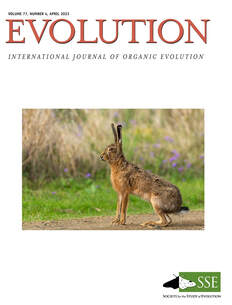
Multilevel analysis of integration and disparity in the mammalian skull.
Sherratt, E., & Kraatz, B. (2023) Evolution, 77(4): 1006-1018 here |
Out on a limb: bandicoot limb covariation suggests complex impacts of development and adaptation on marsupial forelimb evolution.
Garland, K. Marcy, A.E., Sherratt, E., Weisbecker, V. (2016) Evolution & Development, 19(2): 69–84. here |

Morphological evolution and modularity of the caecilian skull.
Bardua, C., Gower, D.J., Wilkinson, M., Sherratt, E., Goswami, A. (2019) BMC Evolutionary Biology, 19:30. here |
High-density three-dimensional morphometric analyses support conserved static (intraspecific) modularity in caecilian (Amphibia: Gymnophiona) crania.
Marshall, A.F., Bardua, C., Gower, D.J., Wilkinson, M., Sherratt, E., Goswami, A. (2019) Biological Journal of the Linnean Society, 126(4): 721–742. here |
Other topics
|
Lagomorpha as a model morphological system. Kraatz, B., Belabbas, R., Fostowicz-Frelik, Ł., Ge, D.-Y., Kuznetsov, A.N., Lang, M.M., López-Torres, S., Mohammadi, Z., Racicot, R.A., Ravosa, M.J., Sharp, A.C., Sherratt, E., Silcox, M.T., Słowiak, J., Winkler, A.J. & Ruf, I. (2021) Frontiers in Ecology and Evolution 9:636402. here
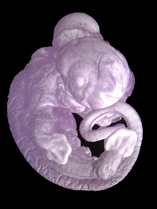
A relative shift in cloacal location repositions external genitalia in amniote evolution.
Tschopp, P., Sherratt, E., Sanger, T.J., Groner, A.C., Aspiras, A.C., Hu, J.K., Pourquié, O., Gros, J. & Tabin, C.J (2014) Nature, 516: 391–394 here - read about it on ScienceMag and IFLS |

Psychology, not technology, is our biggest challenge to open digital morphology data.
Hipsley, C.A., Sherratt, E. (2019) Scientific Data, 6:4. here Data available here Egg shape mimicry in parasitic cuckoos.
Attard, M.R.G., Medina, I., Langmore, N., Sherratt, E., (2017) Journal of Evolutionary Biology, 30(11): 2079–2084. here Using principal trabecular orientation to differentiate joint loading orientation in the 3rd metacarpal heads of humans and chimpanzees.
Barak, M.M., Sherratt, E., Lieberman, D.E. (2017) Journal of Human Evolution, 113: 173e182. here |
Popular Science Articles: Blogs and MagazinesOn a tiny Australian island, snakes feasting on seabirds evolved huge jaws in a surprisingly short time. The Conversation, January 16th 2023 link
20-Million-Year-Old Fossils Reveal Ecomorph Diversity in Hispaniola. Anole Annals blog, July 27th 2015 link The Fossil Species Anolis electrum Gets and X-ray Makeover. Anole Annals blog, August 14th 2014 link The Hi-Tech World of Anole Paleontology. Anole Annals blog, March 6th 2012 link Piecing Together the Anole Family Tree: Anole Fossils. Anole Annals blog, Feb. 15th 2012 link Skeletal Anomolies - Curious Case of the Asymmetrical Sacrum. Anole Annals blog, Nov. 24th 2011 link Anolis - Now in 3D!. Anole Annals blog, Nov. 18th 2011 link Is it a snake? Is it a worm? No it's a caecilian! Biological Science Review - A magazine for A-level students of Biology 2012. |
Non-peer reviewed articlesCommentary: The ecological and evolutionary implications of allometry. Sherratt, E., McCullough, E., Painting, C. (2022) Evolutionary Ecology. link
- An introduction to our special issue on Allometry They've Kept On Keeping On. Sherratt, E. (2012) Science 338:46. link - Book review of Horseshoe Crabs and Velvet Worms The Story of the Animals and Plants That Time Has Left Behind by Richard Fortey. New Generation Curation! Digital Specimen archiving my micro-CT. Sherratt, E. (2009) Annual Report of the Department of Zoology 2008-2009. Edited by C. Patterson, The Natural History Museum, London. A Pilot Study of the Systematics and Ecology of Caecilian Amphibians of the Station de Recherche des Nouragues. Gower, D.J., Sherratt, E., Wilkinson, M. (2009) Nouragues Research Station 2008 Annual Report (http://www.nouragues.cnrs.fr/) |
